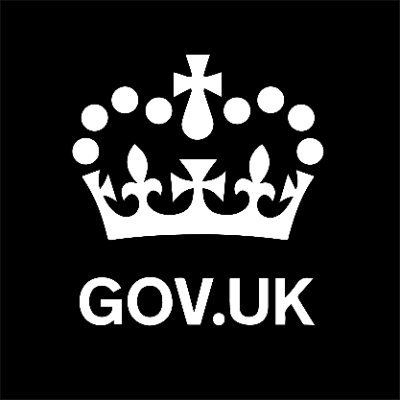Attainment in maths and writing SATs increases compared to 2022

- Improvement in the majority of subjects as pupils continue to catch up from the pandemic
- 73% of pupils met the expected standard in maths – up from 71% in 2022
- Government to launch a new, expanded Reading Framework to help all pupils from Reception to KS3 become fluent, keen readers
Key Stage 2 results published today show that more pupils have met the expected standard in this year’s mathematics and writing SATs assessments compared to last year.
Due to the pandemic, it was expected that there would be lower levels of attainment compared to 2019, while children caught up on lost learning. Today’s results showed that 73% of pupils met the expected standard in maths – up from 71% in 2022, moving one step closer to the Government’s vision to ensure more young people have the necessary skills in maths to succeed.
Overall, 59% of pupils met the expected standard in reading, writing and maths combined – the same as the result in 2022 but a decrease from 2019 which was 65%. Grammar, punctuation and spelling results also remain unchanged from 2022.
There was a 2% point increase in attainment in writing which is now at 71% and whilst those meeting the expected standard in reading is down from 2022 from 75% to 73%, it remains higher compared to 2016 (66%) and is in line with pre-pandemic standards (73% met the expected standard in reading in 2019). Additionally, science teacher assessments showed 80% of pupils met the expected standard, up from 79% last year.
Minister for School Standards Nick Gibb said:
“We know that pupils have had their education disrupted due to the pandemic which is why following on from our success in the Progress International Reading Literacy Study, it is encouraging to see attainment levels improving in some key subjects.
“Our National Tutoring Programme has been crucial in helping those pupils most in need of support and our reforms – including the focus on phonics – are helping to ensure more children leave primary school with a secure grasp of reading and writing.
“Literacy and numeracy are the cornerstones of a world-class education and that is why we have invested £60m in our English Hubs programme and £100m in our Maths Hubs programme to build children’s literacy, speaking and numeracy skills”.
These results help teachers and parents understand how pupils are doing in English, maths and science, allowing them to pinpoint where extra help might be needed. The test results also help inform a pupil’s transition to secondary school by ensuring that they receive the right support once they start.
This is the second year of Key Stage 2 attainment data since the beginning of the pandemic, as there were no SATs tests taken in 2020 and 2021. In order to help pupils catch up on learning, extra help was provided to schools through multi-year recovery programmes such as the National Tutoring Programme, which will benefit pupils’ learning for years to come.
Earlier this year, it was announced that England came fourth of the 43 countries that tested children of the same age in the 2021 Progress in International Literacy Study (PIRLS). This success in PIRLS follows the Department’s long-term commitment to providing every pupil with high-quality phonics teaching.
The increased attainment in maths and writing from last year, coupled with standards in reading reflecting pre-pandemic levels, indicate the progress that has been made in recovering from the pandemic.
Since 2018, the Department has invested £60 million in the English Hubs programme, designed to develop expertise in teaching reading in primary schools. Analysis published this year shows that partner schools supported by the English Hubs Programme outperformed other schools by around 7 percentage points in their Phonics Screening Checks.
The Department’s national network of 40 Maths Hubs continues to help every school in the country improve the quality of their teaching based on best practice from East Asia.
The tests are developed by the Standards and Testing Agency (STA) over three years. The STA uses a range of rigorous and established processes to ensure the tests are appropriate and fair, including expert reviews by teachers, curriculum and inclusion specialists and other education professionals. All questions in this year’s papers were trialled with around 1,000 pupils.
Given the interest in this year’s reading test, the Minister asked the STA for their assessment of the relative difficulty of the test. Based on evidence gathered throughout the test development process, STA confirmed that the content of this year’s test was at the appropriate level of difficulty. The standards maintenance process demonstrated the test was within the range of difficulty of the reading tests since 2016.
In recognition of the educational importance of reading for students, the Department for Education will also be launching a new and updated Reading Framework. This is an update to existing guidance published July 2021, which previously only related to the teaching of reading in Reception and Year 1.
This updated guidance has been expanded from reception and Key Stage 1 to cover Key Stage 2 and 3 to help schools improve reading for all pupils so they leave primary able to engage confidently and passionately with reading in all subjects at secondary school. It provides guidance to teachers in Key Stage 2 and secondary schools on how to support those pupils who still need help with reading. It also outlines how vitally important talk is to reading and how teachers can support all pupils to express their ideas confidently.
In addition to this framework, the Government will also be launching a review of good practice in the teaching of writing to look at how best to improve attainment in writing. This will be a valuable resource for schools to support best practice in teaching writing and will inform further research and guidance.
